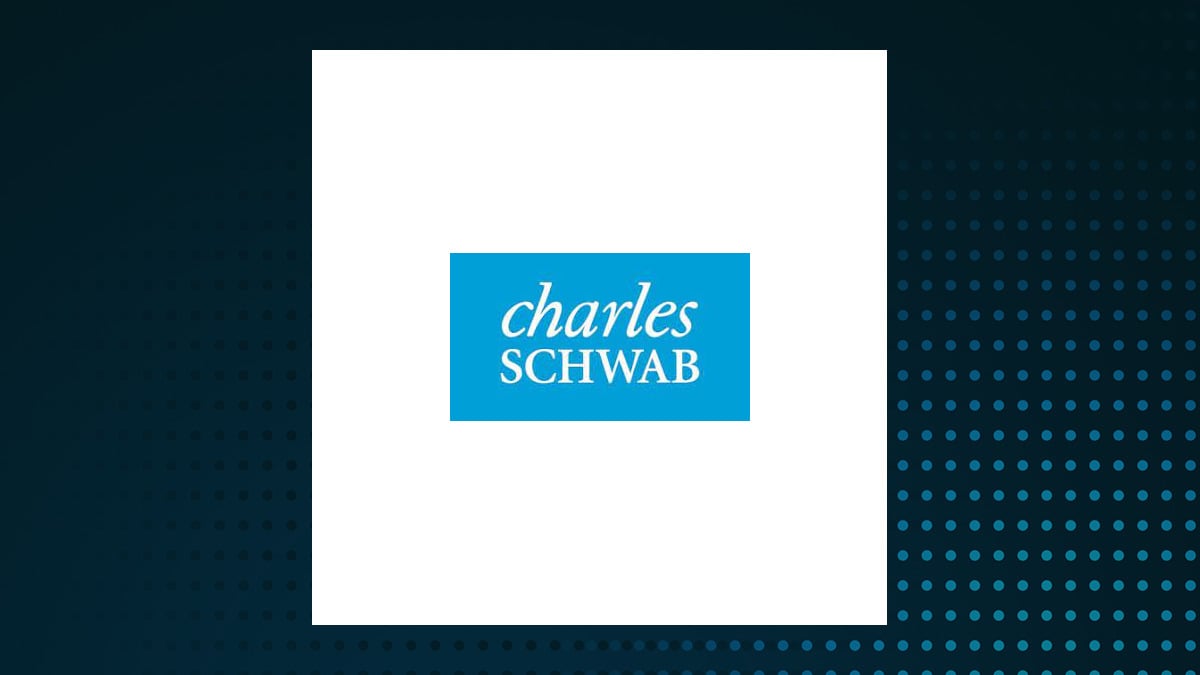
Easing food price pressures in the Philippines are sustainable, according to the World Bank, lessening the pain inflicted by inflation on consumers’—especially the poor’s—pockets. "Food inflation is expected to decline following further reductions in import tariffs implemented in late July and a higher base from August onwards," the Washington-based multilateral lender said in its Philippines Monthly Economic Developments report for August 2024, published on Sept. 6.
The World Bank was referring to Executive Order (EO) No. 62 issued by President Marcos in June, which slashed the tariffs slapped on imported rice to bring down domestic prices. The Philippines is a net importer of rice, a staple food among millions of Filipinos.

The World Bank pointed out that while recently higher employment and incomes reduced the Philippines' poverty rate to 15.5 percent in 2023 from 18.1 percent in 2021 and 16.
7 percent pre-pandemic in 2018, "poverty reduction was constrained by high inflation particularly in food prices." Last year, headline inflation skyrocketed to six percent, the highest annual rate since the 8.2 percent back recorded in 2008 at the height of the global financial crisis.
Food inflation last year hit eight percent. The World Bank noted that while the headline rate temporarily spiked to 4.4 percent last July, the Bangko Sentral ng Pilipinas (BSP) had projected inflation to return within target, of two percent to four percent for the rest of this year.
Year-on-year consumer price hikes indeed fell to a seven-month low of 3.3 percent in August, the government reported last week, bringing the eight-month average to 3.6 percent.
Food inflation also dropped to 4.2 percent last month from 8.2 percent a year ago and July's 6.
7 percent. With moderating price increases, the BSP last month cut the key interest rate by 25 basis points (bps) to 6.25 percent, a move that the World Bank said "improved sentiment in financial markets.
" "The Philippine Stock Exchange Index rose by 1.4 percent between July 19 and August 19, rebounding from a sharp drop in early August amid a plunge in asset prices caused by fears of a US recession. Recent investor optimism was fueled by the strong second-quarter 2024 GDP [gross domestic product] outturn and the start of the policy easing cycle by the BSP," the World Bank noted.
GDP grew by 6.3 percent year-on-year in the second quarter, outpaced only by Vietnam's 6.9 percent in the region, boosted by government consumption and investments even as consumer spending reeled from higher cost of living.
"Despite the cut in the policy rate, the Philippine peso also strengthened against the US dollar on a month-on-month basis to PHP57.2/USD as of Aug. 19 (vs.
PHP58.3/USD as of July 19). The prospect of aggressive rate cuts by the US Federal Reserve is making emerging market currencies more attractive to investors," the World Bank added.
Moving forward, the World Bank said some interesting developments to watch out for included the pace at which the BSP will proceed with its monetary policy easing cycle; how the central bank will proceed with a reduction in the reserve requirement ratio (RRR); and how the BSP's actions will impact on inflation expectations and the real interest rate. While prospects are rosier on the inflation front, the Philippines' manufacturing sector is facing tougher times ahead, as the World Bank pointed to less optimistic forward-looking indicators in the latest purchasing managers' index (PMI) data. The World Bank noted that the PMI of 51.
2 in July, and also in August, suggested "continued expansion but weaker growth in manufacturing." "Weak exports continue to weigh on manufacturing activity, and purchase orders point to subdued production growth in the near term," the World Bank said..














